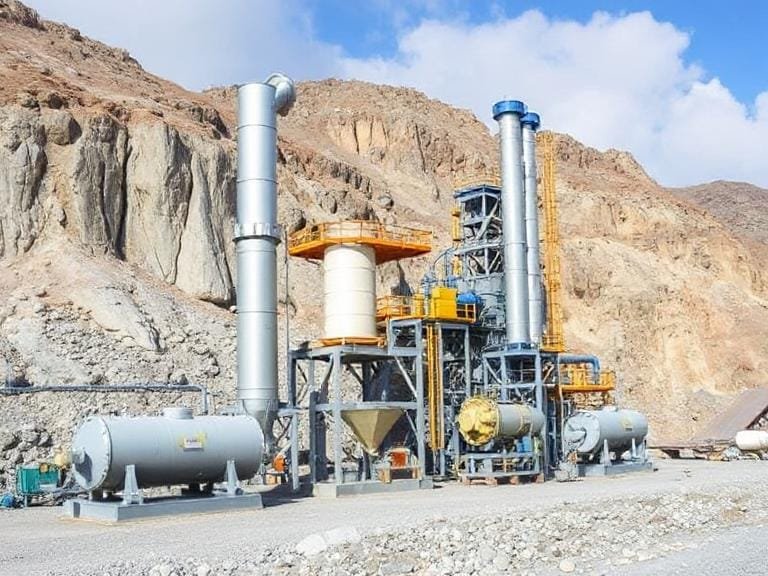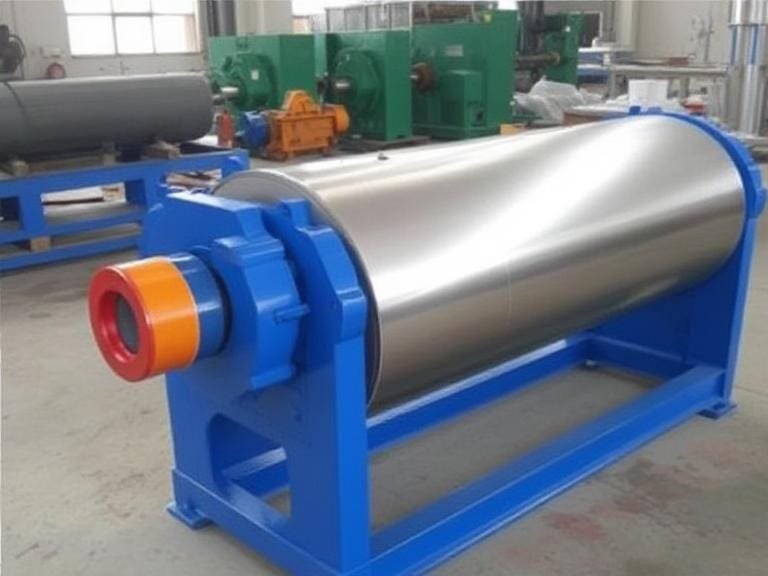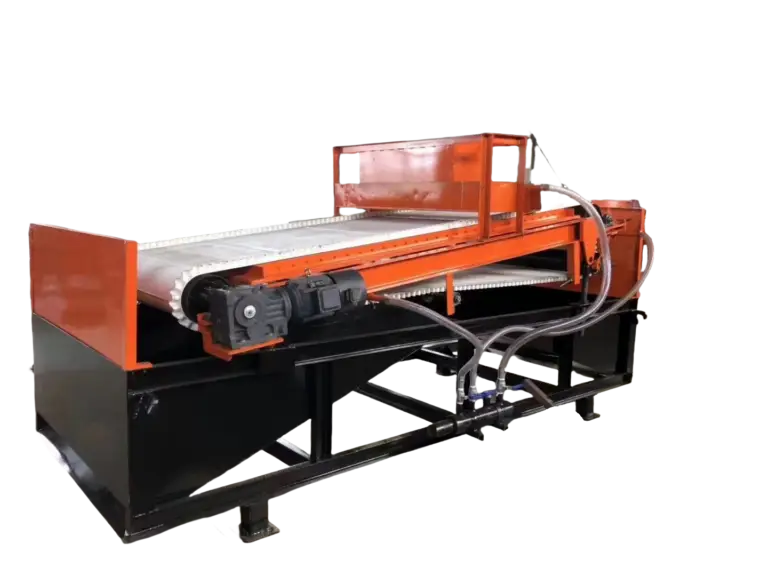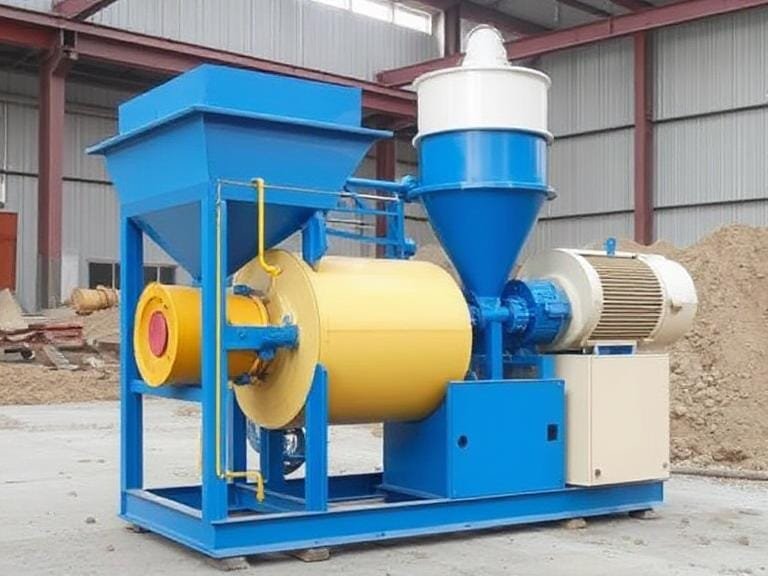Methods of Mining Gold: Techniques, Processes, and Modern Equipment
Table of Contents
- Introduction
- Placer Mining
- Hard Rock (Lode) Mining
- By-Product Gold Mining
- Open-Pit and Heap Leaching
- Modern Gold Mining Equipment & ORO Mineral Solutions
- Summary Table
- How to Choose the Right Mining Method
- FAQs
- References
Introduction
Gold has captivated human civilizations for centuries, symbolizing wealth, beauty, and economic strength. Today, gold remains one of the most sought-after precious metals in the global economy. The process of mining gold, however, has evolved dramatically over time. From simple panning techniques used during the California Gold Rush to modern large-scale mining with advanced mineral processing, gold mining methods vary depending on geological formations, resource availability, and environmental considerations.
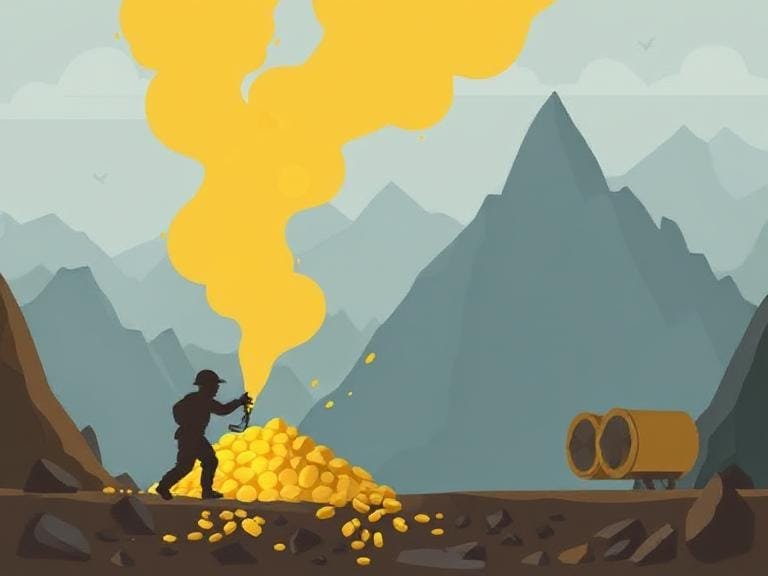
This article explores the major methods of mining gold in 2025 and highlights how companies like ORO Mineral Co., Ltd. provide advanced equipment to make mining safer, more efficient, and sustainable.
Placer Mining
What is Placer Mining?
Placer mining is the process of extracting gold from alluvial deposits—sediments found in riverbeds, streams, and floodplains. Since gold is heavy, it naturally settles at the bottom of sand and gravel deposits.
Common Placer Mining Techniques
- Panning: The oldest and simplest method, using a pan to separate gold from sediments.
- Sluicing: A sluice box channels water, allowing gold particles to settle while lighter materials wash away.
- Dredging: Large floating machines scoop sediment from riverbeds, extracting fine gold particles.
Advantages of Placer Mining
- Cost-effective for small-scale operations.
- Environmentally less invasive compared to deep mining.
- Requires minimal infrastructure.
Challenges of Placer Mining
- Limited scalability for large gold reserves.
- Environmental concerns with dredging in rivers.
- Resource depletion in heavily mined regions.
Hard Rock (Lode) Mining
What is Hard Rock Mining?
Hard rock mining, also called lode mining, involves extracting gold directly from solid rock where veins of gold are embedded. This is the most common industrial method for gold mining.
Steps in Hard Rock Mining
- Exploration: Geological surveys and drilling to locate ore deposits.
- Blasting and Excavation: Dynamite and heavy machinery break the rock to access ore veins.
- Crushing and Processing: Extracted rock is crushed and treated with chemicals (cyanide or mercury-free alternatives) to separate gold.
Pros of Hard Rock Mining
- Access to large, high-yield gold deposits.
- Suitable for commercial and industrial operations.
- Can produce by-products such as silver and copper.
Cons of Hard Rock Mining
- High operational costs.
- Potential for environmental damage if not managed properly.
- Requires advanced safety measures for workers.
By-Product Gold Mining
In this method, gold is not the primary resource mined. Instead, it is obtained as a by-product during the mining of other metals such as copper, lead, or zinc.
- Gold is separated during the smelting and refining stages of base metals.
- Economical because gold offsets operational costs of primary metal mining.
- Often provides significant quantities of gold at reduced extraction expenses.
Open-Pit and Heap Leaching
Open-Pit Mining
Open-pit mining involves creating massive surface excavations to access low-grade ore bodies near the earth’s surface. Large trucks and excavators are used to transport ore for processing.
Heap Leaching
This technique uses chemicals such as cyanide solutions to leach gold from crushed ore piles. It is commonly applied to low-grade ores that are not economically viable for other methods.
Advantages
- Efficient for large, low-grade deposits.
- Scalable for industrial applications.
Disadvantages
- Environmental risks with chemical leaching.
- Requires extensive land use.
Modern Gold Mining Equipment & ORO Mineral Solutions
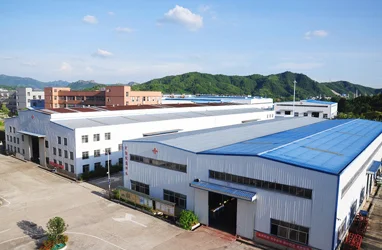
Modern mining relies heavily on advanced machinery and mineral processing systems. ORO Mineral Co., Ltd., established in 2014, is a large-scale intelligent mineral processing, screening, and sand washing equipment manufacturer that integrates R&D, production, and sales.
ORO Mineral has made great contributions to:
- Mineral screening and beneficiation.
- Solid waste resource recovery.
- Washing and separation processes.
Key Products from ORO Mineral
- Sand Washing Machine 100 TPH Long Life – Ideal for cleaning placer mining sediments.
- Gravity Spiral Concentrator – Utilizes gravity to efficiently separate heavy gold particles.
- 1.1kw Belt Magnetic Separator – Removes magnetic impurities during gold ore processing.
- Eddy Current Separator Machine – Advanced separation for mixed mineral streams.
- Gravity Spiral Chute Separator – High-performance gold recovery system using spiral separation.
Why Choose ORO Mineral? The company has accumulated rich experience in beneficiation, washing, and separation, making it a trusted name in modern gold mining operations worldwide.
Summary Table
| Mining Method | Key Features | Best For |
|---|---|---|
| Placer Mining | Uses water and gravity; simple tools | Small-scale operations, alluvial deposits |
| Hard Rock Mining | Extracts gold veins from rock | Industrial-scale, deep ore deposits |
| By-Product Mining | Gold as a secondary yield | Multi-metal mining (copper, lead, zinc) |
| Open-Pit & Heap Leaching | Surface mining + chemical leaching | Large, low-grade ore deposits |
| Modern Equipment | Gravity concentrators, separators, washing machines | Efficient and sustainable mining |
How to Choose the Right Mining Method
- Deposit Type: Choose based on ore location (surface, alluvial, deep underground).
- Scale of Operation: Small-scale miners may prefer placer methods; large companies often use open-pit or hard rock mining.
- Environmental Considerations: Select eco-friendly methods when possible to minimize damage.
- Equipment Availability: Ensure access to reliable equipment, like ORO Mineral’s advanced machines.
FAQs
- Q1: Which gold mining method is the most profitable?
A1: Hard rock mining is typically the most profitable due to higher yields, but costs are higher compared to placer mining. - Q2: Is gold mining environmentally friendly?
A2: Traditional mining poses environmental risks. However, with modern technology and companies like ORO Mineral providing sustainable equipment, impacts can be reduced. - Q3: Can small-scale miners benefit from ORO Mineral equipment?
A3: Yes, ORO Mineral provides scalable solutions that can be adapted for both small and large-scale operations.
References

